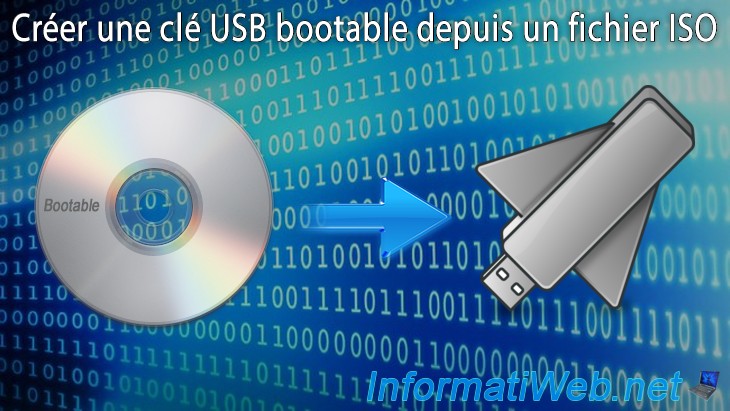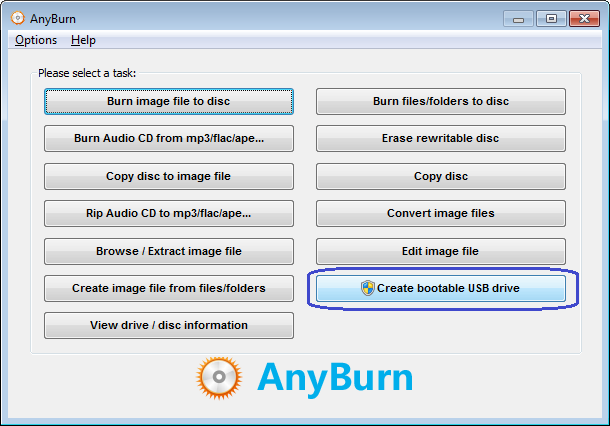
One of the drives listed will be your USB drive. You'll probably be able to spot it based on the drive's capacity. Make a note of the disk number of the USB drive. Here, call up a list of disks attached to your PC. This will open in a new command prompt window. In the black command prompt window, open the disk partitioning tool with the command: If you have a Windows 7 installation ISO file, you can choose 'Image file' for the source, and select the ISO file. If you are using Windows Vista or higher operating system, you need confirm the UAC dialog to continue.

Click the button, 'Create bootable USB drive'. Right-click the first result and select Run as administrator. Insert the USB drive you intend to boot from. On Windows 10, click Start then type "command". Of course, you need to be able to authenticate as the administrator on the PC you're using. To start, insert your USB flash drive in your main PC-the one with the optical drive. You should also insert the Windows 7 installation DVD.Ĭlick Start > All Programs > Accessories and right-click on Command Prompt. However, they're almost the same whatever operating system you're using, including Windows 10. Click on 'All Tools' > Windows To Go Creator in the left wizards.
#WINDOWS 7 BOOT USB ISO INSTALL#
Install and run AOMEI Partition Assistant, and you’ll get the main interface. Insert the USB drive to your Windows 7 PC via USB port.
#WINDOWS 7 BOOT USB ISO HOW TO#
The following steps can be completed on a Windows 7 computer. How to use Windows 7 to USB bootable tool 1.

This will also work with external USB hard drives instead of a USB thumb drive. However, all the data on the drive will be formatted and deleted. But if you have the original installation media and a USB flash drive, you can make it work.Ī working Windows 7 computer with a DVD drive and administrator rights Without an optical drive on the target computer, installing Windows 7 as your preferred operating system is impossible. What You'll Need to Install Windows 7 from USB


 0 kommentar(er)
0 kommentar(er)
